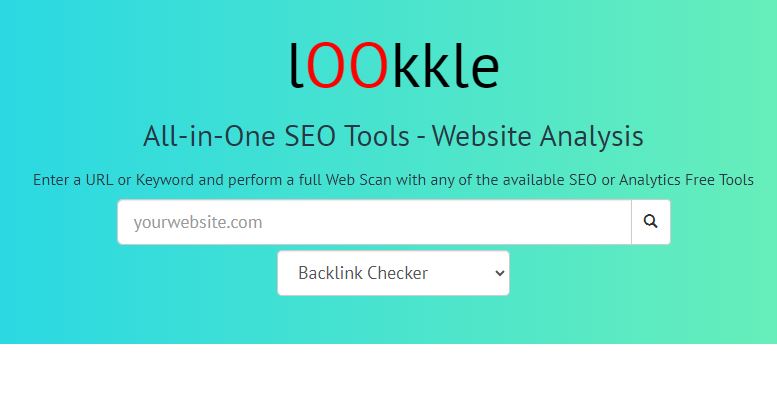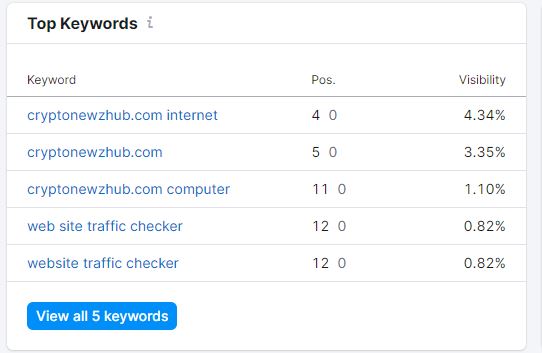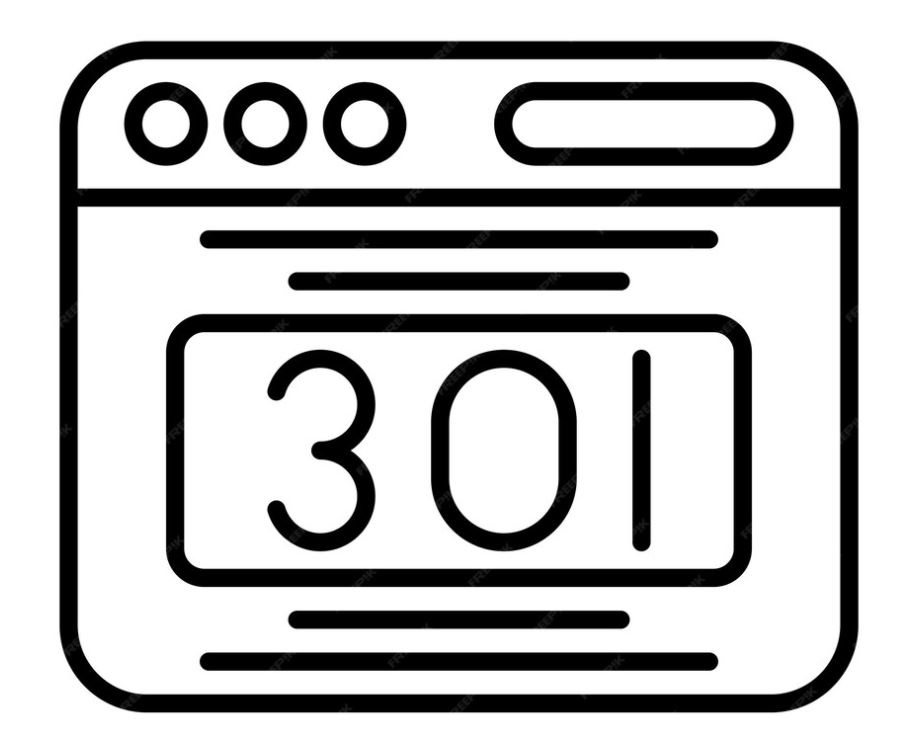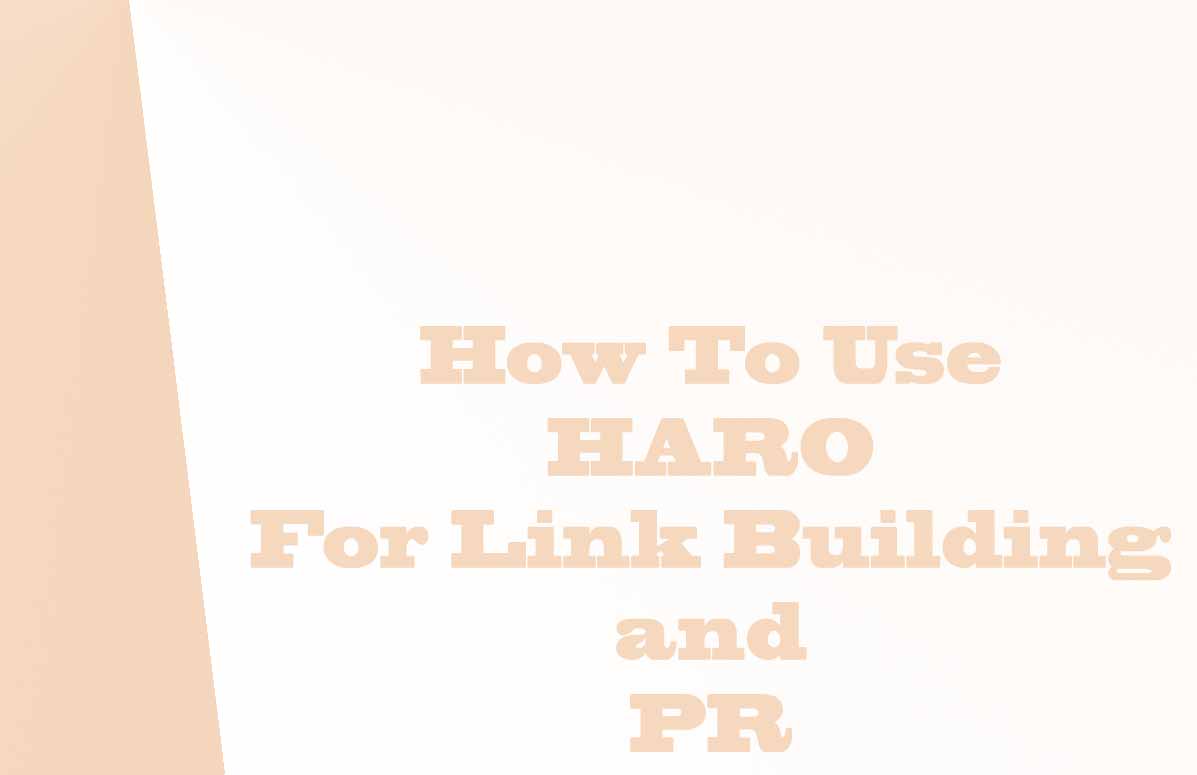
Backlink checker is a tool that helps you analyze the quality and quantity of links pointing to your website. Backlinks are one of the most important factors for SEO, as they indicate the popularity and relevance of your site to search engines and users. In this blog post, I will show you how to use backlink checker for SEO, and how to improve your backlink profile with some best practices and examples.
What is a backlink checker and why do you need it?
A backlink checker is a tool that crawls the web and collects data about the links pointing to your website. It can help you answer questions like:
- How many backlinks do you have?
- Where are they coming from?
- What are their attributes (anchor text, nofollow, etc.)?
- How do they affect your rankings and traffic?
- How do they compare to your competitors?
You need a backlink checker for SEO because backlinks are one of the main ranking factors for Google and other search engines. Having a high number of quality backlinks can boost your organic visibility, traffic, and conversions. On the other hand, having a low number of poor backlinks can harm your SEO performance and expose you to penalties.
A backlink checker can help you monitor your backlink profile, identify opportunities and threats, and optimize your link building strategy.
How to use a backlink checker for SEO?
There are many backlink checker tools available online, but they may vary in terms of features, accuracy, and usability. Some of the most popular and reliable ones are:
- Lookkle
- Ahrefs
- Moz
- SEMrush
- Sitechecker
To use a backlink checker for SEO, you need to follow these steps:
- Enter your website URL or domain name into the tool.
- Wait for the tool to scan the web and collect the backlink data.
- Analyze the backlink report and look for insights and patterns.
- Take action based on the findings and recommendations.
What to look for in a backlink report?
A backlink report is a summary of the backlink data collected by the tool. It usually contains metrics and charts that help you understand the state and quality of your backlink profile. Some of the most important metrics and indicators to look for are:
- Total number of backlinks: This is the total count of links pointing to your website. It gives you an idea of the size and popularity of your backlink profile. However, it is not the most important metric, as not all backlinks are equal. You should also pay attention to the quality and diversity of your backlinks.
- Referring domains: This is the number of unique domains that link to your website. It is a more accurate measure of the authority and diversity of your backlink profile than the total number of backlinks. You should aim to have a high number of referring domains from different niches and countries, as this signals that your website is relevant and trustworthy to a wide audience.
- Domain rating (DR) or domain authority (DA): This is a score that estimates the overall strength and authority of a domain based on its backlink profile. It ranges from 0 to 100, with higher scores indicating higher authority. You should aim to have backlinks from high-DR or high-DA domains, as they can pass more link juice and ranking power to your website. You should also monitor your own DR or DA score and try to improve it over time.
- Anchor text: This is the clickable text that appears in a link. It can provide context and clues about the topic and relevance of the linked page. You should aim to have a natural and diverse anchor text profile, with a mix of branded, keyword-rich, and generic anchors. You should avoid over-optimizing your anchor text with exact-match keywords, as this can look spammy and trigger penalties.
- Nofollow vs dofollow: This is an attribute that tells search engines whether to follow or ignore a link. Nofollow links have the rel=“nofollow” tag, which instructs search engines not to pass any link juice or ranking power to the linked page. Dofollow links have no such tag, and they can pass link juice and ranking power to the linked page. You should aim to have a balanced ratio of nofollow and dofollow links, as this signals a natural and organic backlink profile. You should also focus on getting more dofollow links, as they can directly impact your rankings and traffic.
- New vs lost: This is a comparison of the backlinks that you have gained or lost over a period of time. It can help you track the progress and effectiveness of your link building efforts, as well as identify any issues or opportunities. You should aim to have a positive net balance of new and lost backlinks, as this indicates that your website is gaining more popularity and authority. You should also analyze the reasons behind the lost backlinks and try to recover them if possible.
How to improve your backlink profile with best practices and examples?
Improving your backlink profile is not a one-time task, but an ongoing process that requires constant monitoring, analysis, and action. Here are some of the best practices and examples that you can follow to improve your backlink profile and boost your SEO performance:
-
Create high-quality content: Content is the foundation of any successful link building campaign, as it attracts and engages your audience and provides value and information. You should create high-quality content that is original, relevant, useful, and engaging. You should also optimize your content for your target keywords and audience, and use various formats and media to enhance your content. Some of the content types that can generate more backlinks are:
- Blog posts
- Guides and tutorials
- Infographics and charts
- Videos and podcasts
- E-books and whitepapers
- Case studies and testimonials
- Webinars and presentations
- Surveys and quizzes
For example, Zapier, a platform that connects different apps and automates workflows, creates blog posts that provide valuable tips and insights on how to use their product and other tools.
-
Promote your content: Creating high-quality content is not enough, you also need to promote it and make it visible to your target audience and potential linkers. You should use various channels and strategies to spread the word about your content and drive more traffic and exposure. Some of the ways to promote your content are:
- Social media
- Email marketing
- Guest posting
- Influencer marketing
- Paid advertising
- Content syndication
- Press releases
For example, Wise, a platform that enables international money transfers, promotes their content on social media, email, and other platforms. They also collaborate with influencers and bloggers to create and share content that showcases their product and benefits. Their content promotion strategy helps them generate more awareness and backlinks for their website.
-
Build relationships: Relationships are the key to successful link building, as they help you establish trust and credibility with your audience and potential linkers. You should build relationships with other website owners, bloggers, journalists, influencers, and experts in your niche and industry. You should also provide value and support to them, and engage with them on various platforms and channels. Some of the ways to build relationships are:
- Commenting on blogs and forums
- Sharing and liking their content
- Mentioning and linking to them
- Interviewing and featuring them
- Asking and answering questions
- Joining and participating in communities and groups
For example, RTINGS.com, a website that reviews and compares various products, builds relationships with other websites and media outlets by providing them with data and insights from their tests and reviews. They also link to them and mention them in their content, and invite them to collaborate and share their content.
-
Outreach and request: Outreach and request is a direct and proactive way to get more backlinks for your website. It involves contacting other website owners, bloggers, journalists, influencers, and experts who might be interested in your content and asking them to link to it. You should outreach and request only when you have something valuable and relevant to offer, and when you have established some rapport and trust with them. You should also personalize your outreach and request messages and make them compelling and convincing. Some of the ways to outreach and request are:
- Social media
- Phone
- Chat
- In-person
For example, Wirecutter, a website that reviews and recommends various products, outreaches and requests to other websites and media outlets that cover similar topics and niches. They pitch their content as a valuable and authoritative source of information and advice, and ask them to link to it or mention it in their content.
-
Monitor and analyze: Monitoring and analyzing is an essential part of improving your backlink profile, as it helps you measure the results and impact of your link building efforts, as well as identify any issues or opportunities. You should monitor and analyze your backlink profile regularly and use various tools and metrics to track and evaluate your performance. You should also compare your backlink profile to your competitors and learn from their strengths and weaknesses. Some of the tools and metrics to monitor and analyze are:
- Backlink checker tools
- Google Search Console
- Google Analytics
- Rank tracker tools
- Traffic and conversions
- Rankings and keywords
For example, The Upper Ranks, a link building agency, monitors and analyzes their backlink profile.
Tips on SEO and Online Business
Next Articles
Previous Articles















